How To Upload Music On Spotify?
Spotify is one of the most visited music stream apps. There are thousands of people who play, like, and share the songs on Spotify. You can not only listen to the existing playlist on Spotify but also make your own as well. This music app provides lots of striking features for new talent. You can also purchase Spotify plays to get a high rank.
If you are new talent and want to upload your song on Spotify, but don’t know the process of uploading the music on Spotify, then you are at the right place. There are different methods by which music files can be uploaded on Spotify.
Process For Uploading Music to Spotify : Valid Only For Premium Account Holders
This process is for only those people who have a premium Spotify account. So follow these simple steps.
- Singin to your Spotify premium account.
- All music files which you are going to upload should be on your system desktop.
- Open the Spotify app on the desktop if you are using Mac and PC.
- On the top right, you will see your Username. Click on it, a drop-down will open. Click on the “Settings.”
- A window opens, there’s an option “Local Files” with toggle on and off
- Move the place holder or toggle right to turn ON the option of the local files
- As soon as you do, “Add a Source” option appears, click on it.
- A file explorer window opens, move to the specific folder on your computer to access the media files which you want to upload.
- When you have reached the specific folder, select the files and OPEN; the music files will be added to the Spotify library.
- Now move back to your Spotify library to see your desired added folder.
- The playlist is created by clicking on the create playlist option
- Click on the “add new” option.
- You can give a name and image to your playlist.
- Mac users go to the Spotify library to click on files; on the other hand, PC users select local files.
- Select the music files by clicking on the first file and press shift with click the last music file. In this way, all the files which you want to import into the playlist will become selected.
- Make a right-click and select add to playlist option.
- Now can get the playlist that will run successfully on the Mac or PC
- This playlist will also appear on android mobile, where you can also download it.
In Spotify, the user searches the songs and they may hit like if they enjoyed it and follow the artist for his/her coming tracks, which helps the content owner in ranking and engagements. However, it’s not always easy, because of the high competition on the platform. But, there are different methods through which you can increase your following and get the desired results. You can buy Spotify Followers for a high engagement rate and ranking.
Process For Not Having A Premium Spotify Account
The users who don’t have Spotify premium account cannot upload their music online directly on Spotify. They have to use DSP (Digital service provider) for uploading their music on Spotify.
The DSP is a company that spread your music on various platforms such as Spotify, Pandora. Mostly you have to pay the fees for streaming your music on different platforms. You will also get money for the number of times your music streams on music platforms.
The DSP works in different ways. They work on invitations and others on form filling. There is the possibility of acceptance and rejection after the submission of a form.
Following is the list of some of the best DSPs. These will help you in uploading your song on Spotify.
Conclusion
So, by now you know how to get your music on Spotify. Whether you want to upload music to your Spotify for your personal listening or want to make it online for the public, it’s easy if you follow the steps.
You might also be interested in
How to Add Local Files to Spotify? | Android, iPhone, Desktop


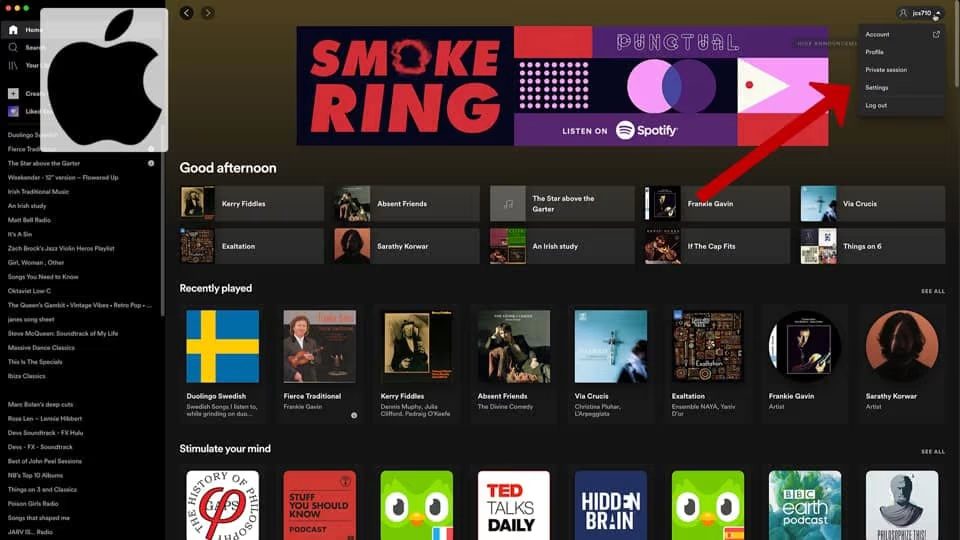
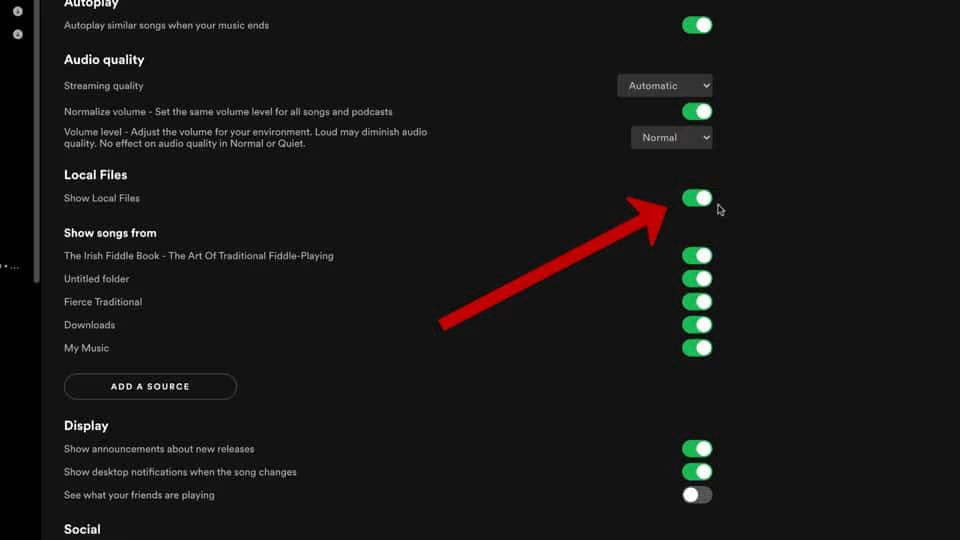
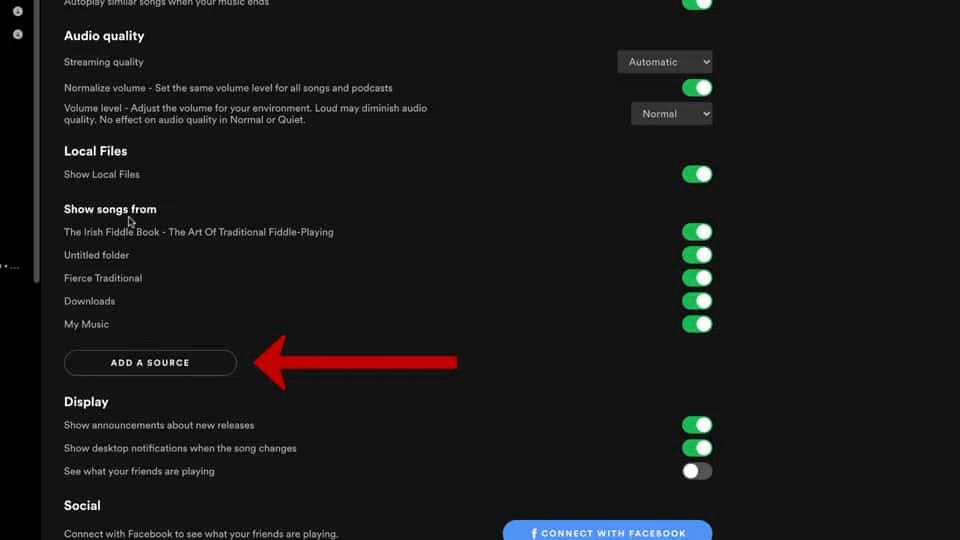
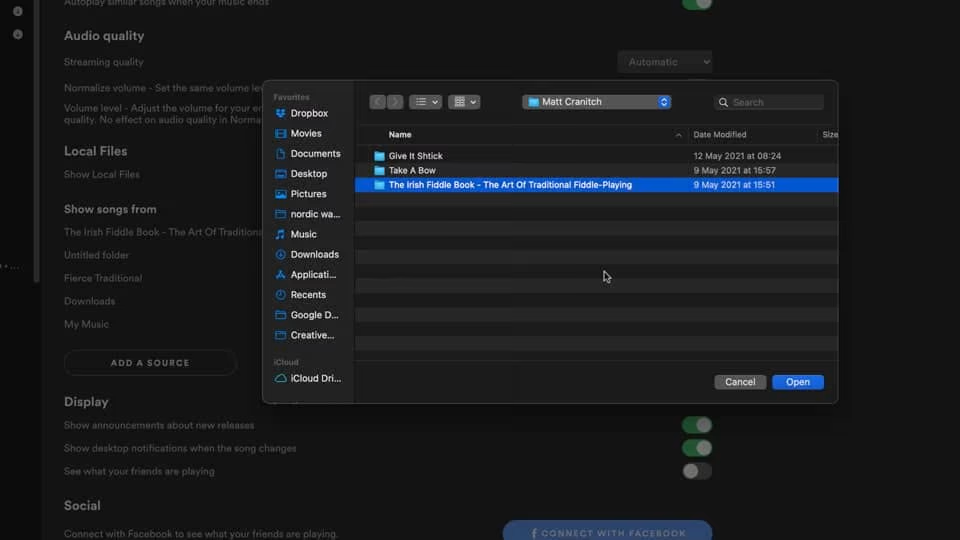
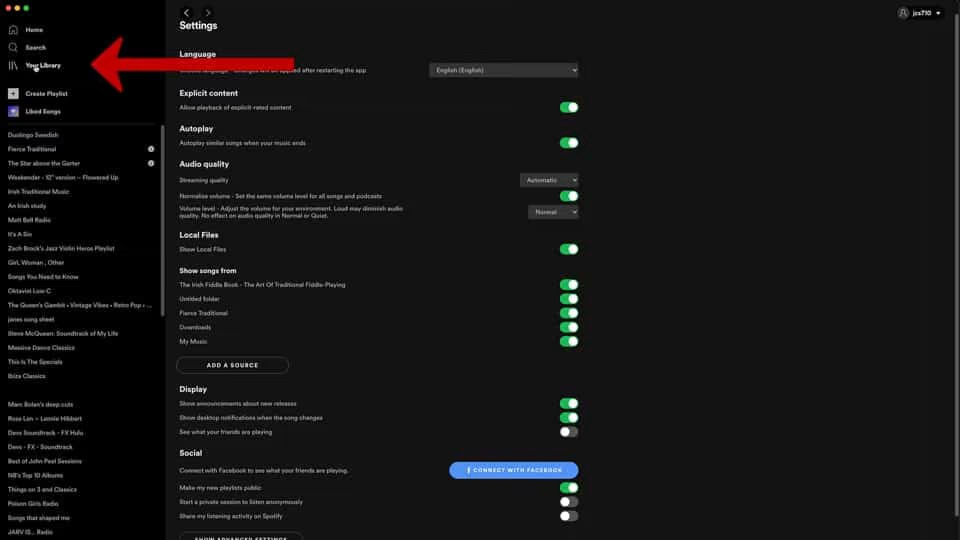
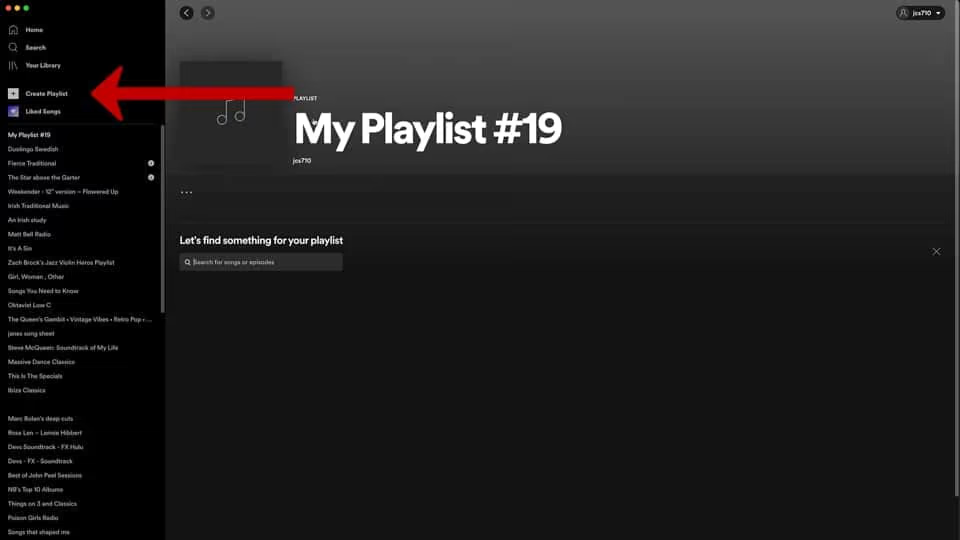
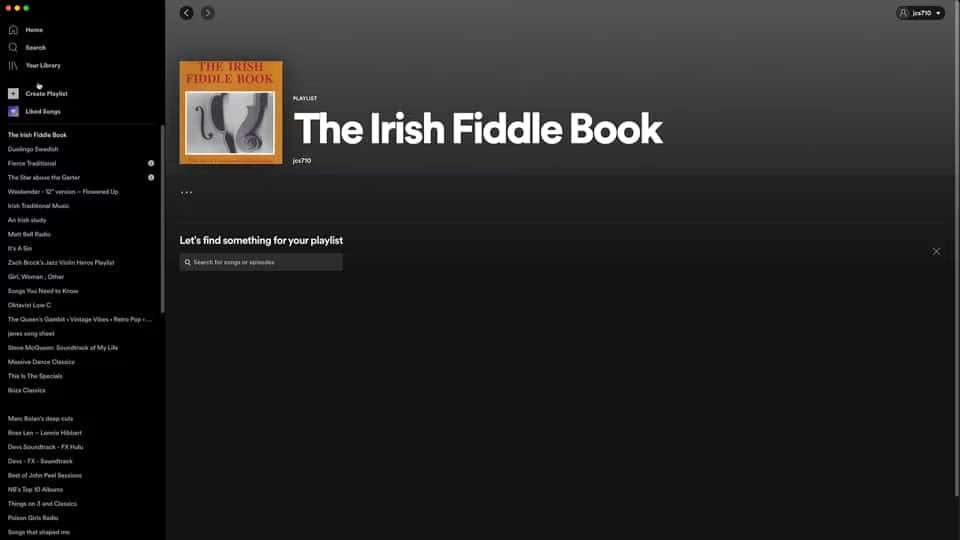
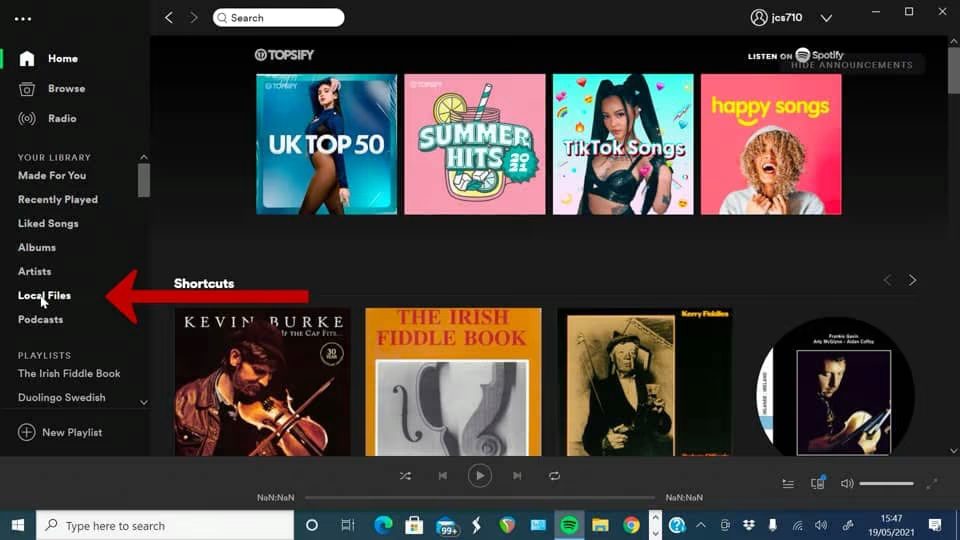
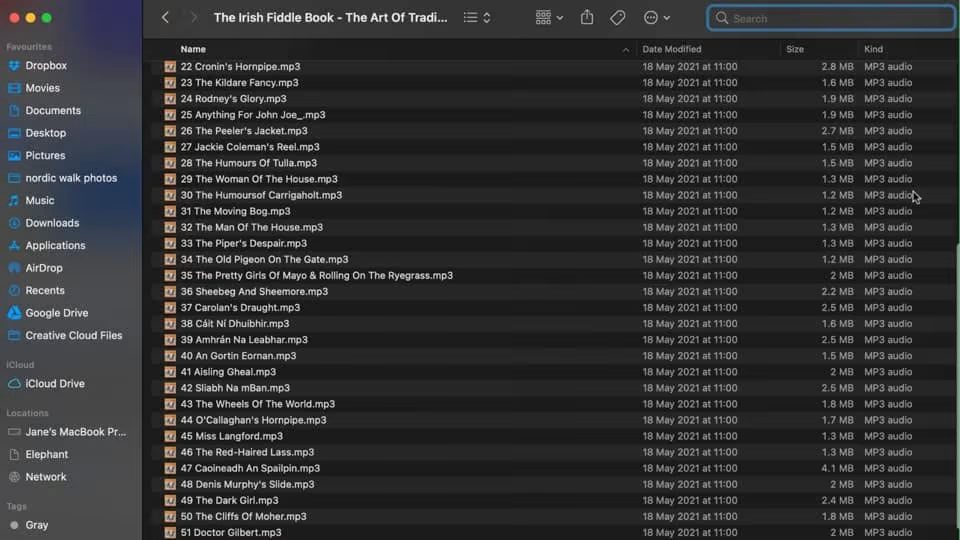
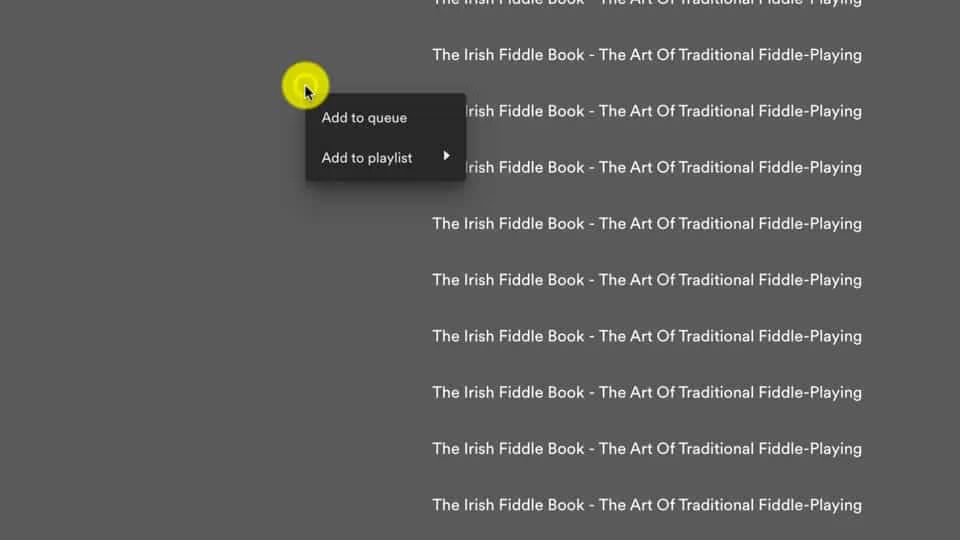
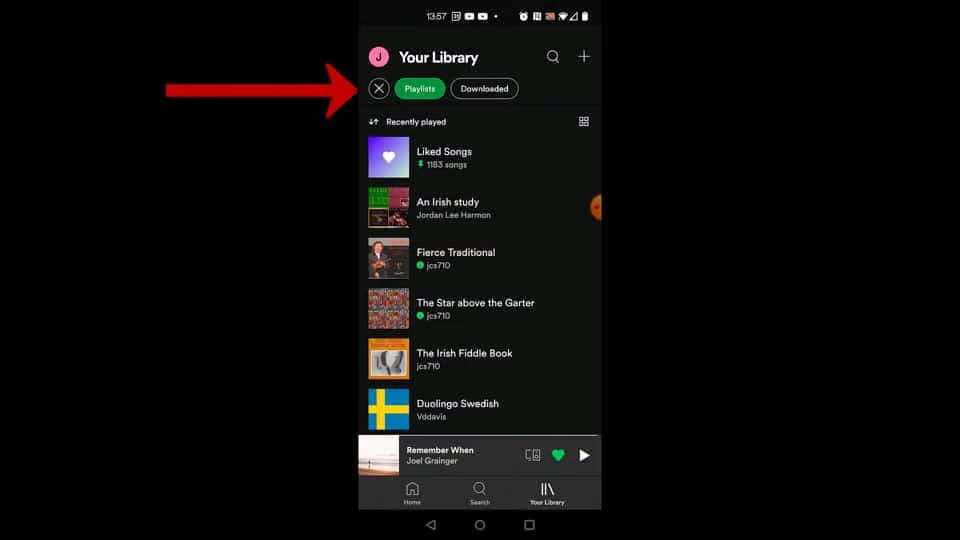
Comments